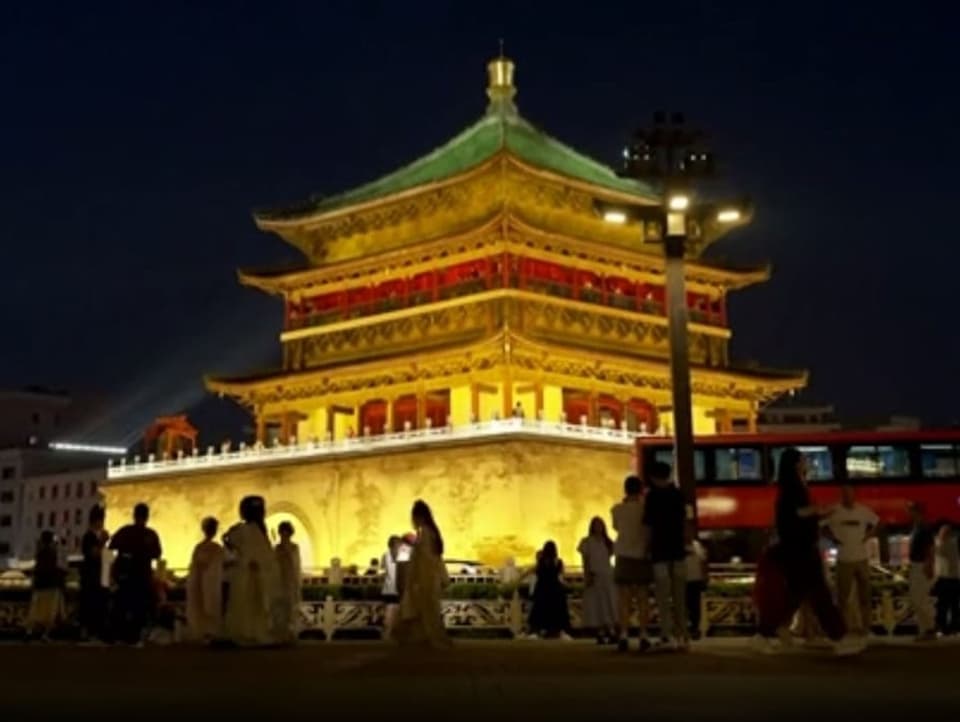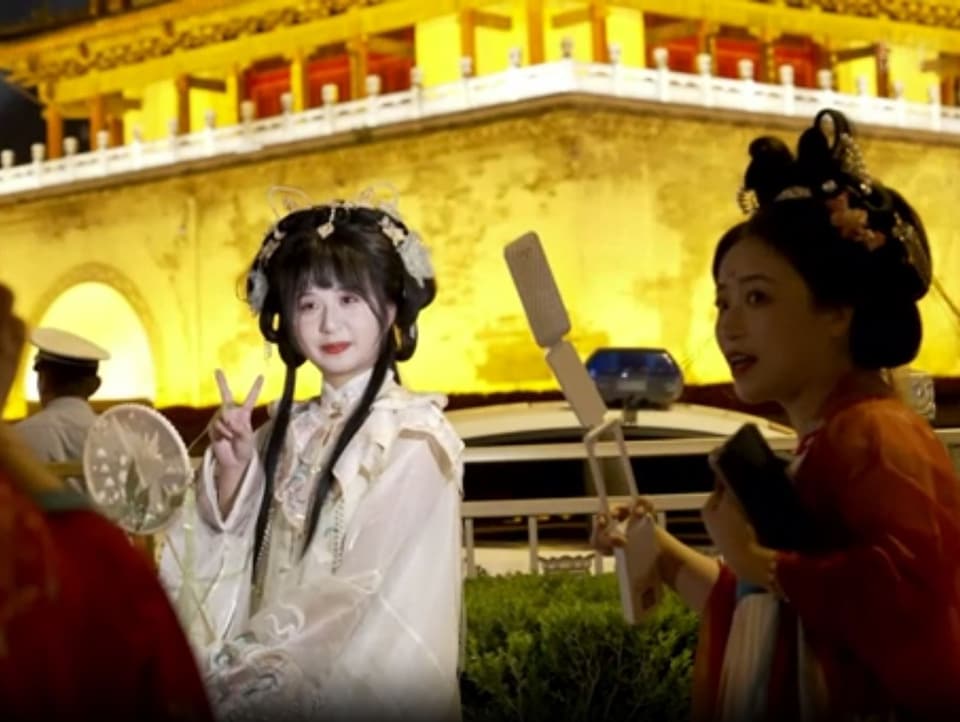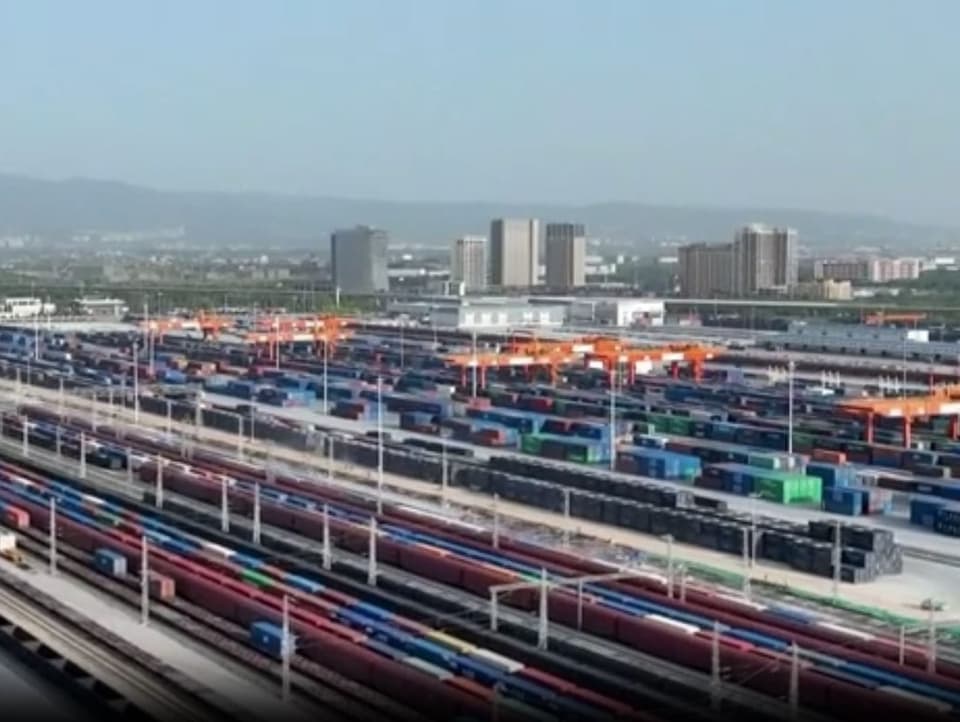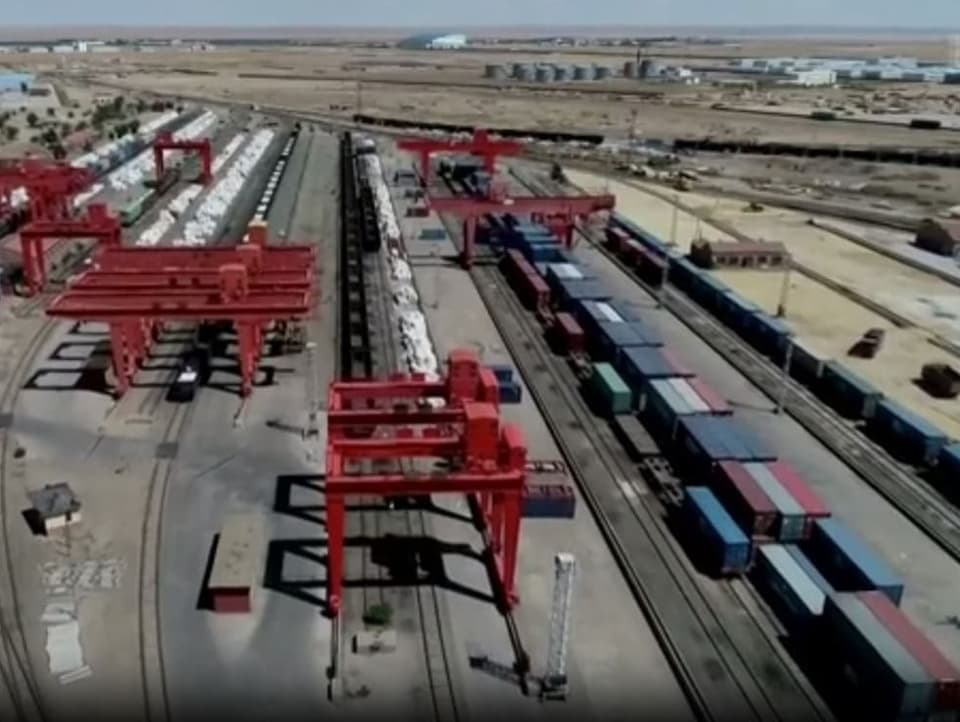Contents
While the new Silk Road is a success story from a Chinese perspective, skepticism is growing abroad.
The Xi’an Bell Tower is a tourist magnet. Young Chinese people pose for photos in front of the historic building, including teacher Zhou Mengfei: “Xi’an plays an important role in China’s history and was once the gateway to the Silk Road.”
In ancient times and the Middle Ages, the Silk Road was the most important trade route between China and Europe. With the growing sea trade in the early modern period, this land route and with it the city of Xi’an became less important. Until ten years ago, when Chinese President Xi Jinping launched the idea of a new Silk Road.
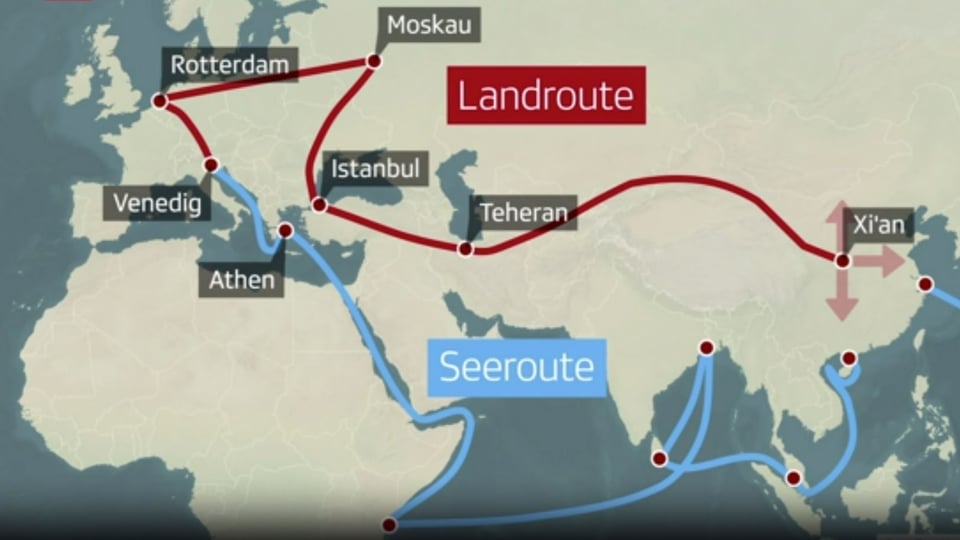
Legend:
The new Silk Road stretches across land and water and connects China with large parts of Africa, Asia and Europe.
SRF/Deutschlandfunk
The Xi’an freight yard is now an important hub of the project. Local entrepreneurs like Chao Yonglin benefit from this: “In China, trade in the coastal areas is much more developed. Xi’an is located in the interior of the country and has therefore hardly been involved in the import or export business in the past. But thanks to the Belt and Road Initiative, we now have more options.”
Chao Yonglin and his Kyrgyz wife run various online shops in Russian and sell Chinese-made kitchen accessories to Central Asia and Russia. “The train journey to Moscow takes ten to twelve days. That’s very fast for cargo from Xi’an.”
On the way to Moscow, the new Silk Road passes through several provinces and cities, including Zhangye. The small town in Gansu Province lives primarily from agriculture. There are modern greenhouses on the outskirts of the city, funded by the state. “The Belt and Road Initiative is a national policy,” explains taxi driver Wang Yingchao. “The main thing is to stimulate the local economy.”
Tourism also benefits
Not only trade benefits from the new Silk Road, but also other sectors of the economy such as tourism. The region is now also marketing its sights, such as the nearby Rainbow Mountains, under the Belt-and-Road label.
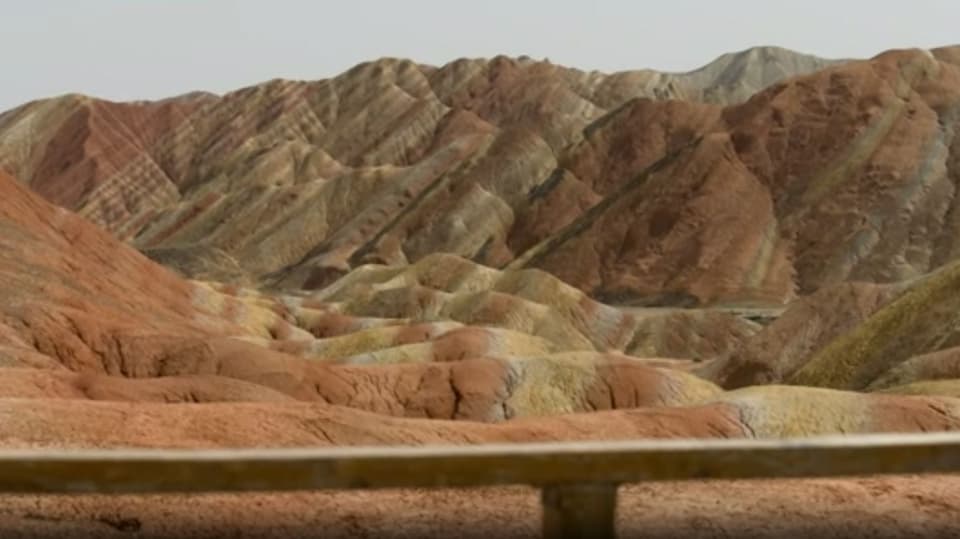
Legend:
The Rainbow Mountains in Zhangye are a tourist magnet.
SRF / Claudia Stahel
This year alone, over two million people have visited these mountains. “Before, no one came to Zhangye to invest,” remembers Wang Yingchao. “Now the tourists consume here, and we locals also benefit from it.”
Further to the northwest, in the province of Xinjiang, the new Silk Road finally crosses the border with Kazakhstan. The Chinese border town of Khorgos is also behind the infrastructure project.
Wang Jigang from the local tourism office only wants to talk about the positive sides of the New Silk Road. “When people came to Khorgos ten years ago, they saw a place with backward infrastructure, a small population and an outdated way of thinking.” Today, Khorgos is a brand new city with a promising future.
From the Chinese perspective, the new Silk Road is a success story, even if the perception in the West is increasingly different.
